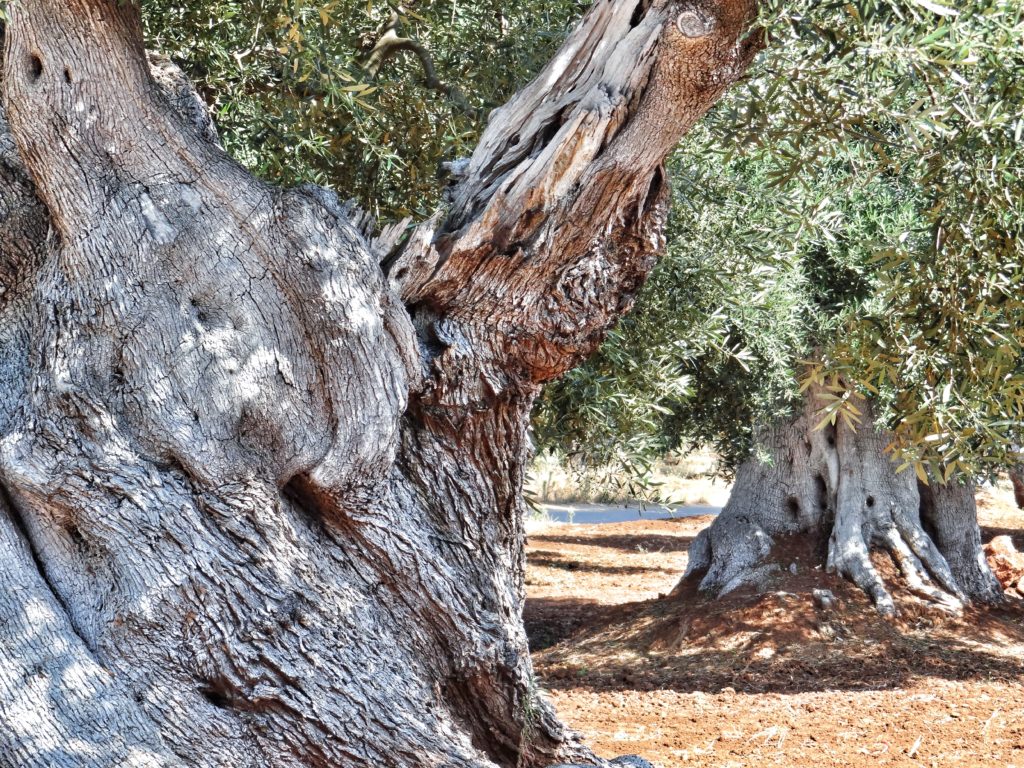
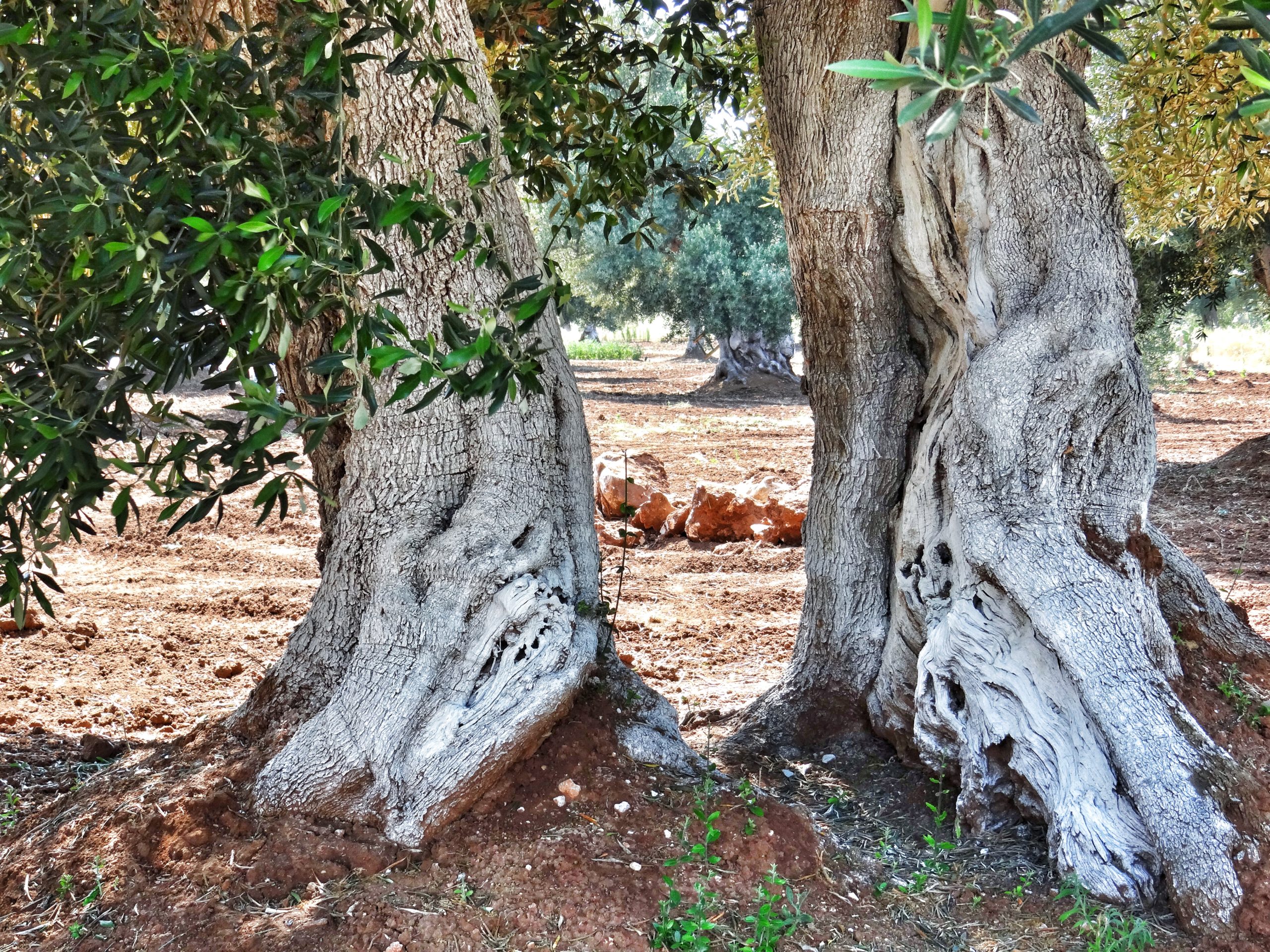
The Big Guide to Puglia’s olive trees
In Puglia you can’t fail to notice the olive trees. These are as important to the landscape and to our region’s economy as orecchiette are to our cuisine.

A matter of taste.
For a greener oil with a more fruity taste, the olives are picked (often the tree is shaken using machinery, with the olives falling into netting surrounding the base of the tree, like an inverted umbrella) when they are around 40-60% ripe.
Others let their olives drop and harvest them then for the golden, bitter, peppery oil that is prized here in Puglia.
Olives are far too bitter to be eaten when harvested. They have to be cured. We do this in brine, or in salt. A process that takes an initial 10-40 days, and at least 3 months mellowing.
Black olives are simply ripe olives that have turned from green to black.
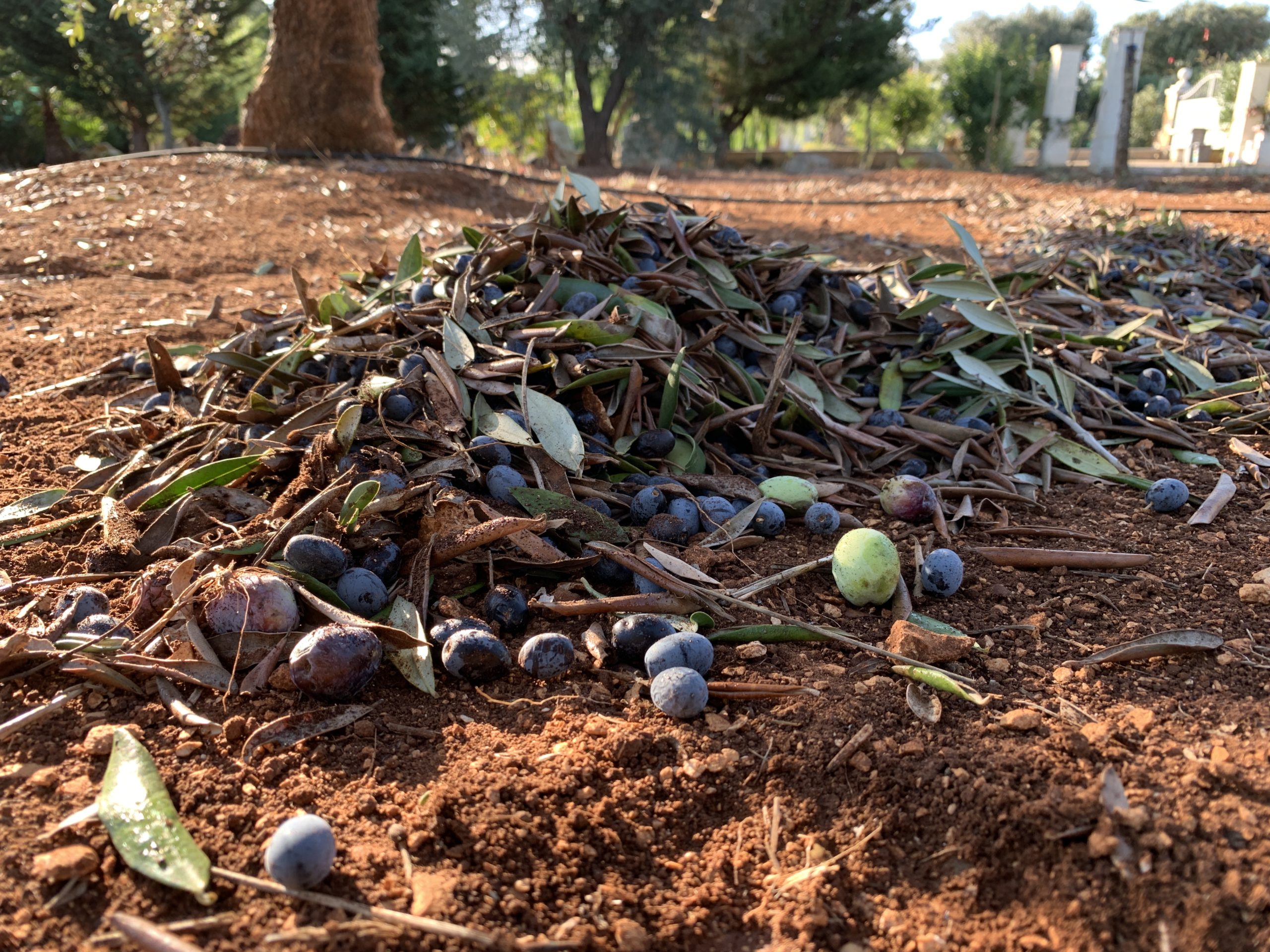
But there is a threat to our olive trees. The xylella fastidiosa pathogen is real and devastating. Carried from tree to tree by the philaenus spumarius sap feeding insect it causes trees to dry out and die.
First discovered in the region a little over 5 years ago it is estimated that 10 million trees have been infected and destroyed, wiping out the livelihood of hundreds of olive farmers, some generations old.
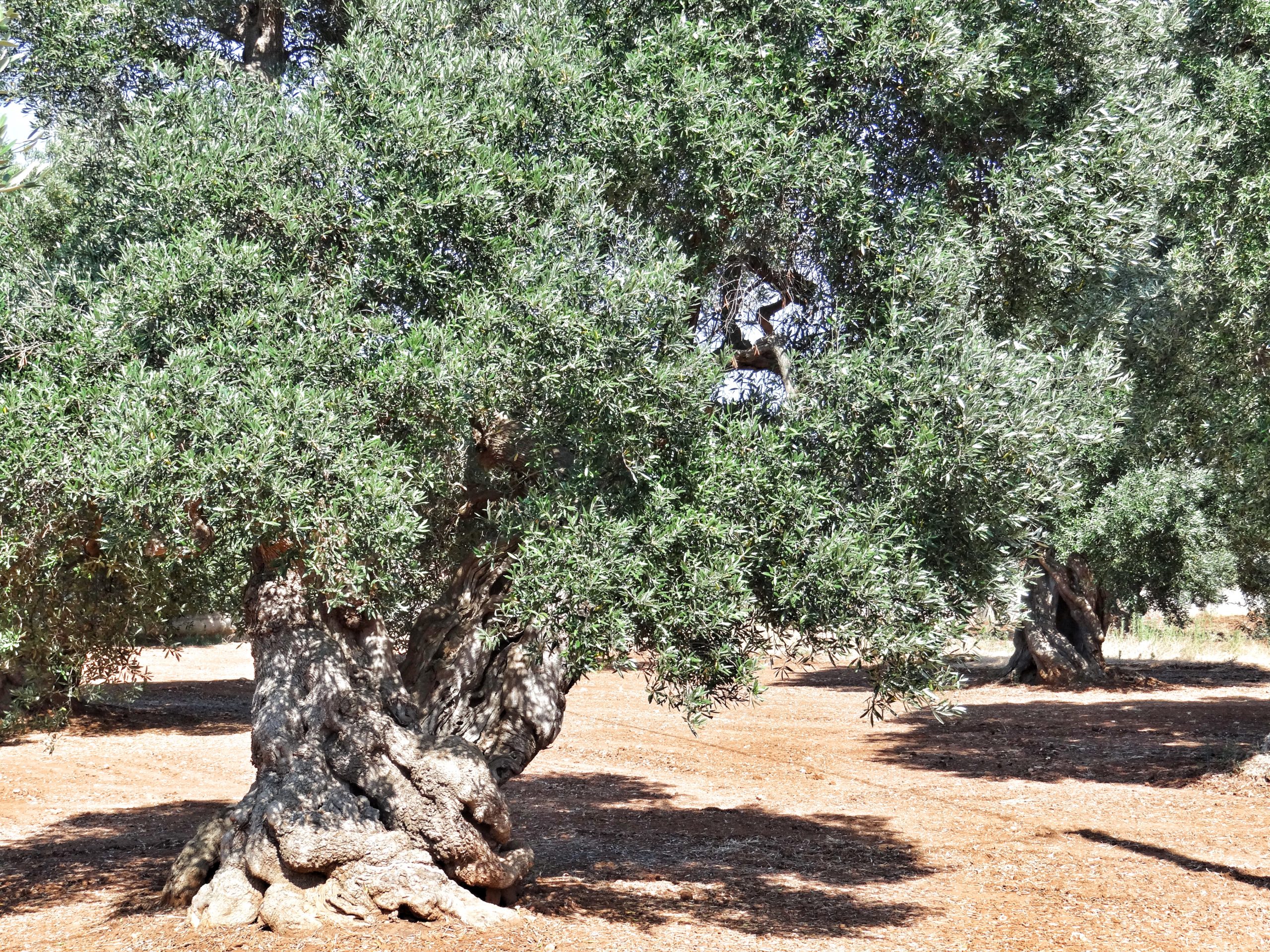
A sense of history in close-up
Visit the groves running along the road from Serranova to Torre Guaceto, some 8 km or so towards the south-east of Ostuni.
The best trees - some over a thousand years old, their trunks wrapping around the gnarled base before splitting and walking away from their other parts - sit in the section just before and after the railway track between Serranova and the coast.
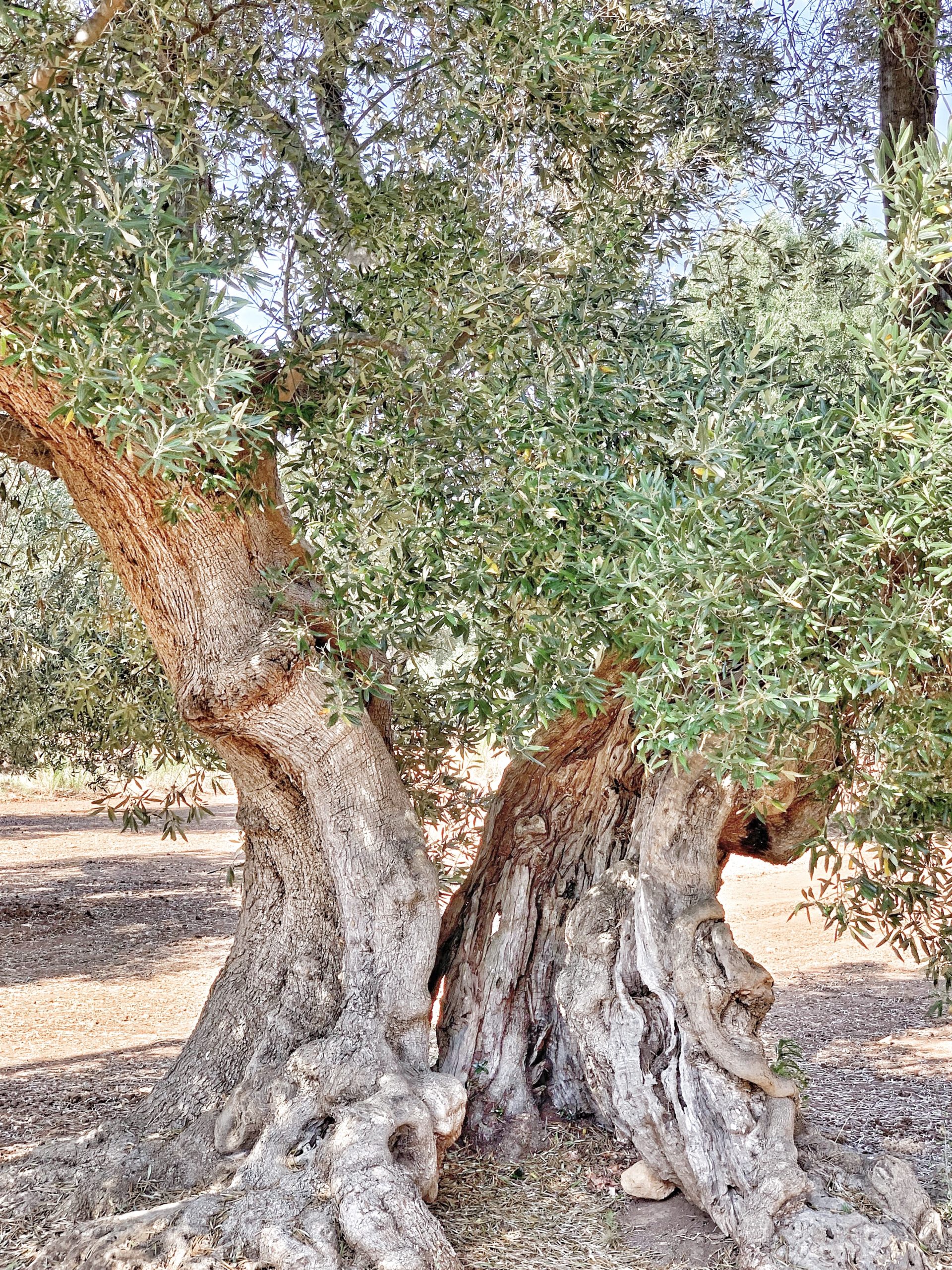
Oil me up
As to the oil itself. It’s hard not to find. In Ostuni there are some shops in the old town that sell it at tourist prices. At local markets you can speak nicely to a farmer selling his vegetables who might have some to sell for around EUR35 for 5 litres (in recycled plastic table wine containers). At the other end, we have heard of some oil from Puglia being sold to the US market for $99 for 3 litres ...
Want some more?
Try a bitesize piece of Puglia ...
It’s only a short hop from town to town wherever you are in our region. That’s why we have suggested Puglia in bitesize chunks. Suggestions, wherever you are, to make your visit to Puglia just that little bit more special.

Dip into the blue
Take me to Polignano
Tra le granite e le granate
Francesco Gabbani’s song will forever remind us of summer in Puglia.

Polignano a Mare
Take me to Polignano